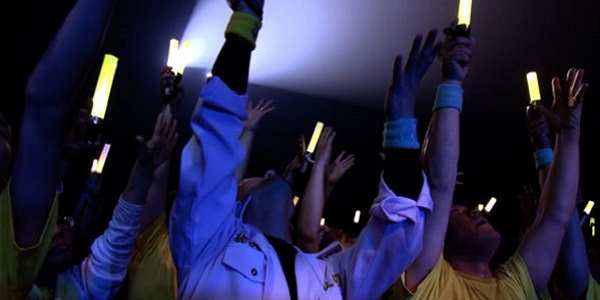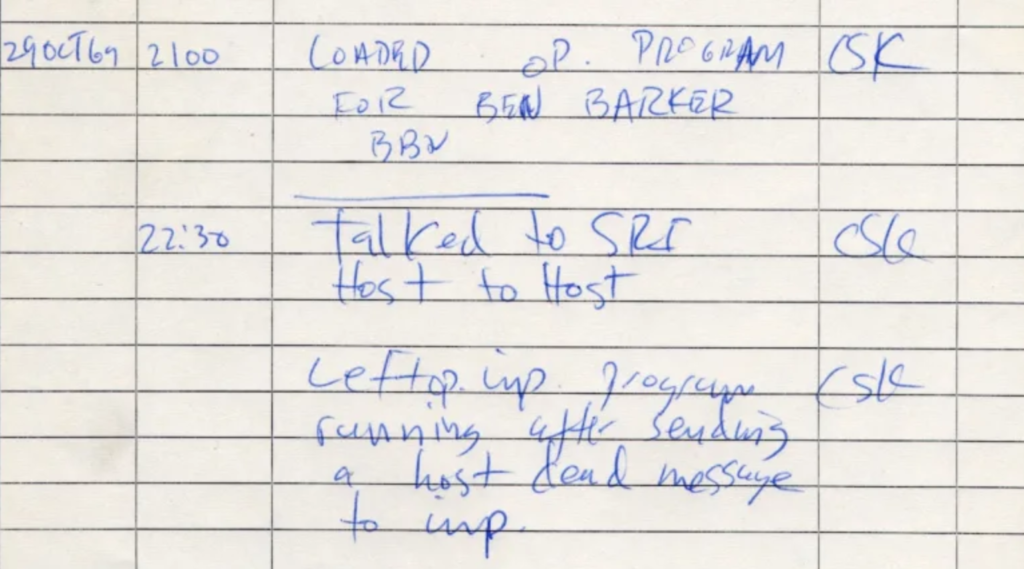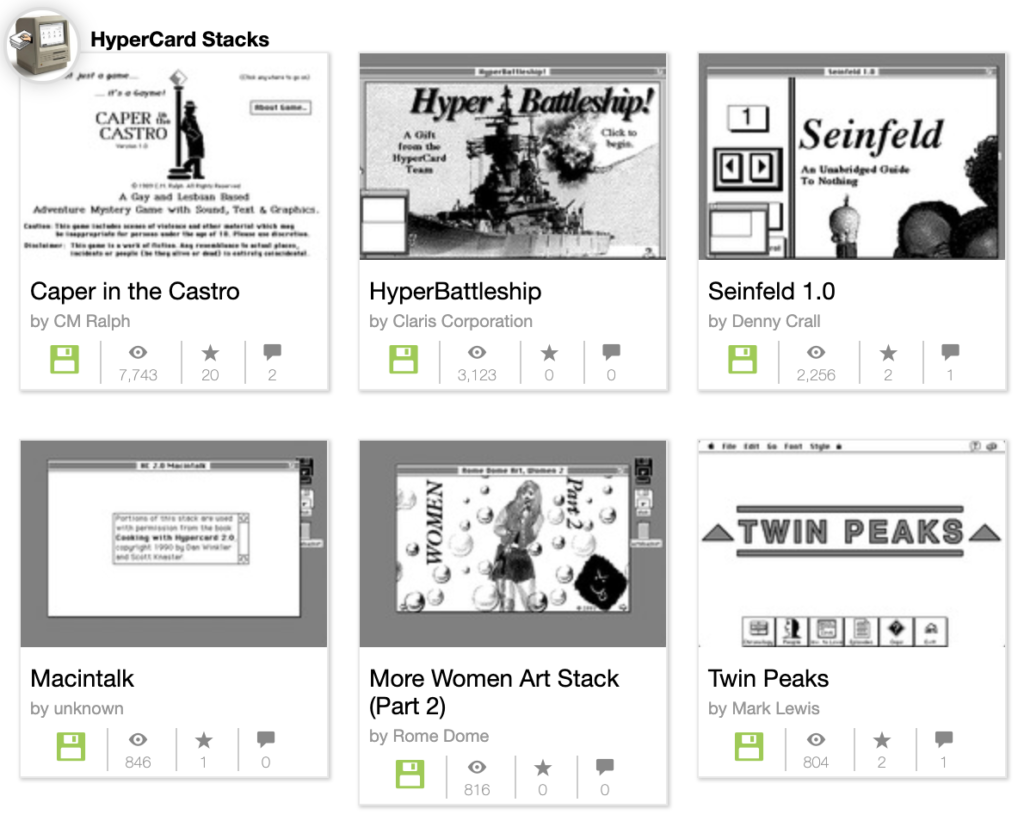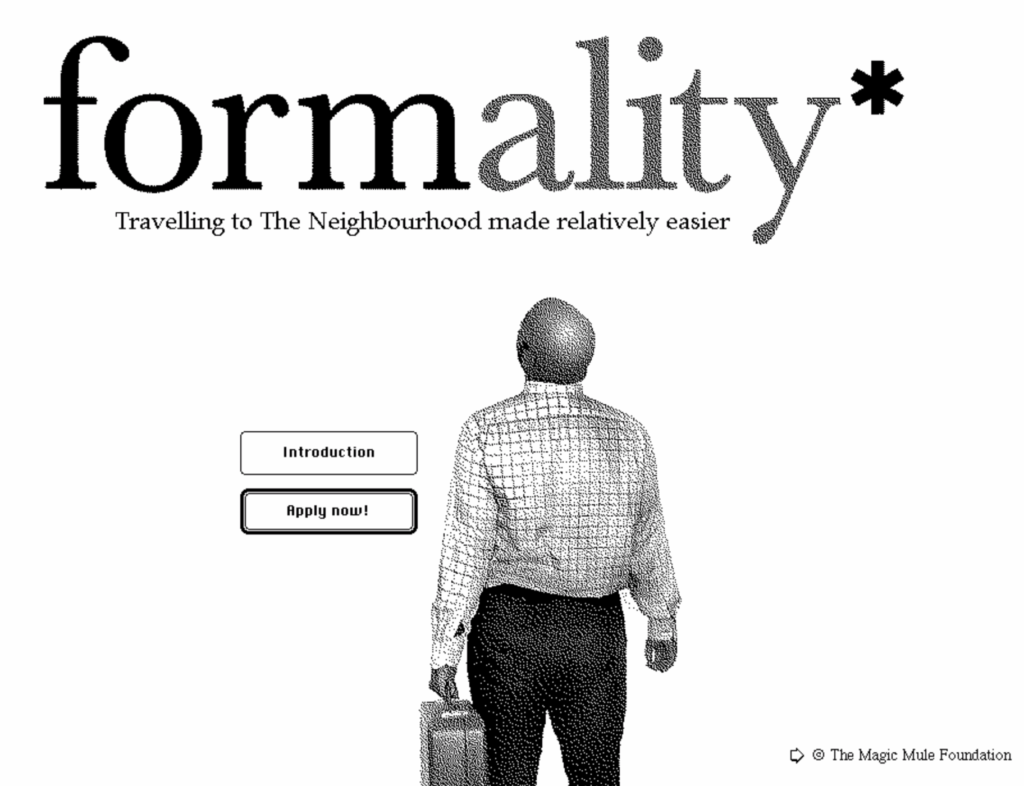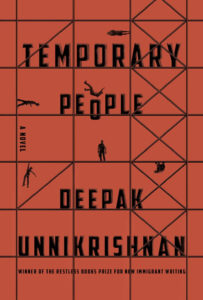Last week the Oregon Humanities Center put on a great two-day conference on Engaged Humanities Partnerships Between Academia And Tribal Communities that I attended. (See my conference notes here.) The conference looked at ways that the humanities can partner with indigenous communities.
One of the highlights was Jennifer O’Neal’s talk about the importance of decolonizing the archives and work she is doing towards that. You can see a paper by her on the subject titled “The Right to Know”: Decolonizing Native American Archives.
I talked about the situation in Canada in general, and the University of Alberta in particular, after the Truth and Reconciliation Commission.
